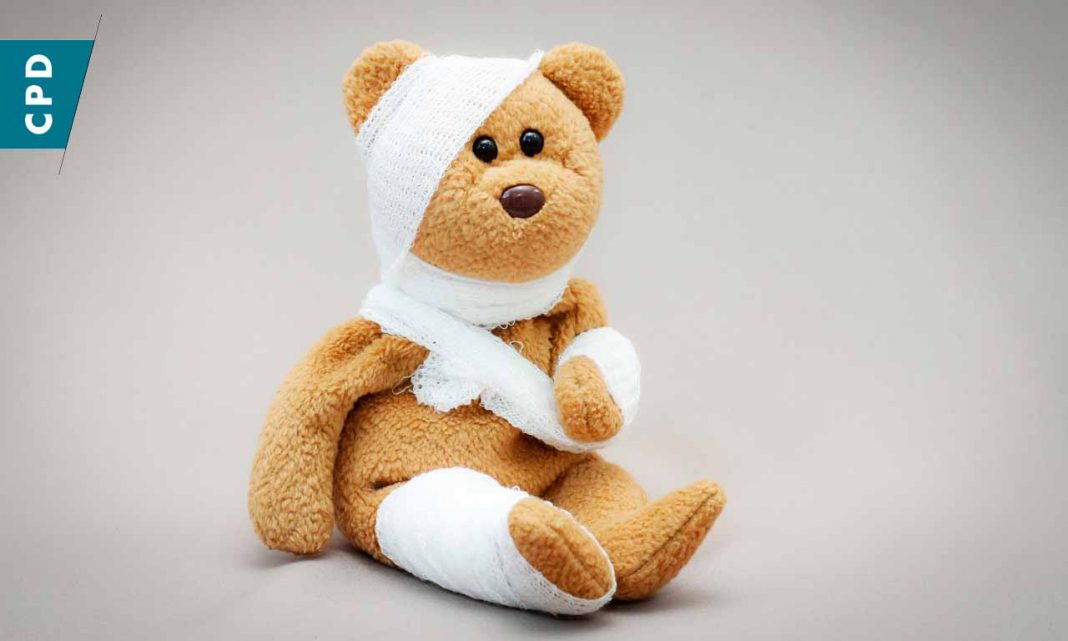Calculating doses is one of the many challenges faced when using medicines in children. To complicate matters, some medicines need to be given ‘off-label’ when there is limited information to support a product’s licensing application for paediatric use.
| Learning objectives
After reading this article, pharmacists should be able to:
Competencies (2016) addressed: 1.1.3, 1.1.4, 1.5.1, 1.5.2, 3.1.1, 3.1.2, 3.2.2. Competencies (2010) addressed: 1.2.1, 2.5.1, 4.2.1, 4.2.2, 4.2.3, 7.1.2. |
Case scenario
Ms Chong comes into the pharmacy with a bottle of paracetamol oral liquid (100 mg/mL). She has looked closely at the packaging and noticed that there are dosing instructions for both age and weight on the bottle.
She is confused as to whether she should be selecting a dose according to weight or age, as in the past she has dosed according to age.
Ms Chong would appreciate your advice on how to dose her daughter who has just been diagnosed with chickenpox. The GP had said that she could give her some paracetamol to help with the low-grade fever.
Her daughter is 2 years old, of average height (86 cm) and weighs approximately 10 kg.
Ms Chong’s daughter is not taking any other medicines, and has taken paracetamol in the past with no issue.
You check that, apart from the itchy rashes and low-grade fever, the child is otherwise happy, healthy, and not displaying any other signs or symptoms.
You decide that paracetamol oral liquid is appropriate. What advice would you give to Ms Chong in relation to selecting a dose of paracetamol?
How would your advice change if she told you that the child weighed 15 kg, or if she did not know the child’s weight?
Want to learn more? PSA members can access the full article and assessment questions here to earn up to 1.5 Group 2 CPD credits.
Not a PSA member? Find out why more than 18,000 pharmacists choose PSA to support, advance and create opportunities for the pharmacy career and the greater pharmacy profession. Click here to join today.



 Professor Margie Danchin[/caption]
Professor Margie Danchin[/caption]

 Dr Peter Tenni[/caption]
Dr Peter Tenni[/caption]
 How should we deprescribe gabapentinoids, according to the Maudsley Deprescribing Guidelines[/caption]
How should we deprescribe gabapentinoids, according to the Maudsley Deprescribing Guidelines[/caption]



 Pharmacists have always prescribed, but they have the potential to prescribe much more
Pharmacists have always prescribed, but they have the potential to prescribe much more






